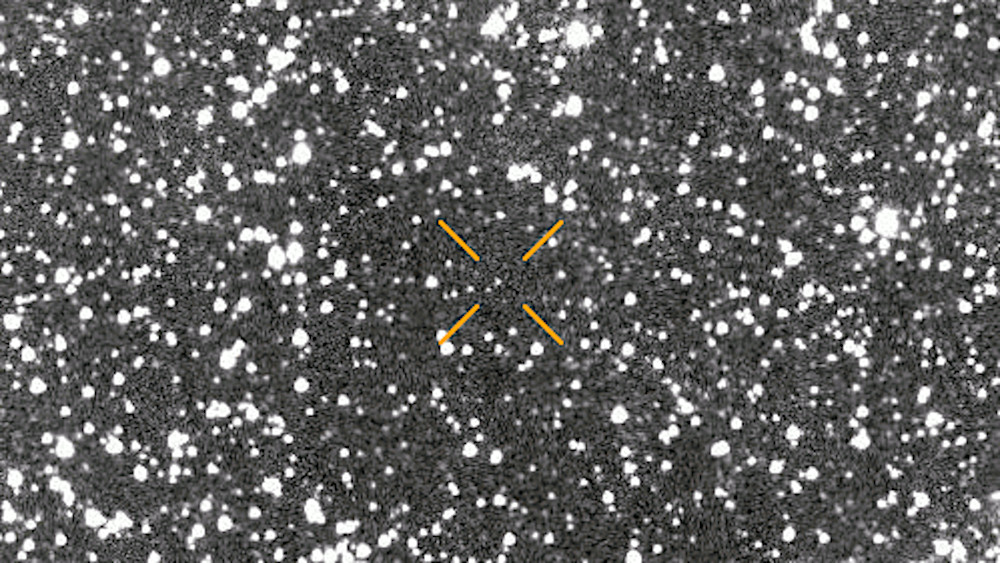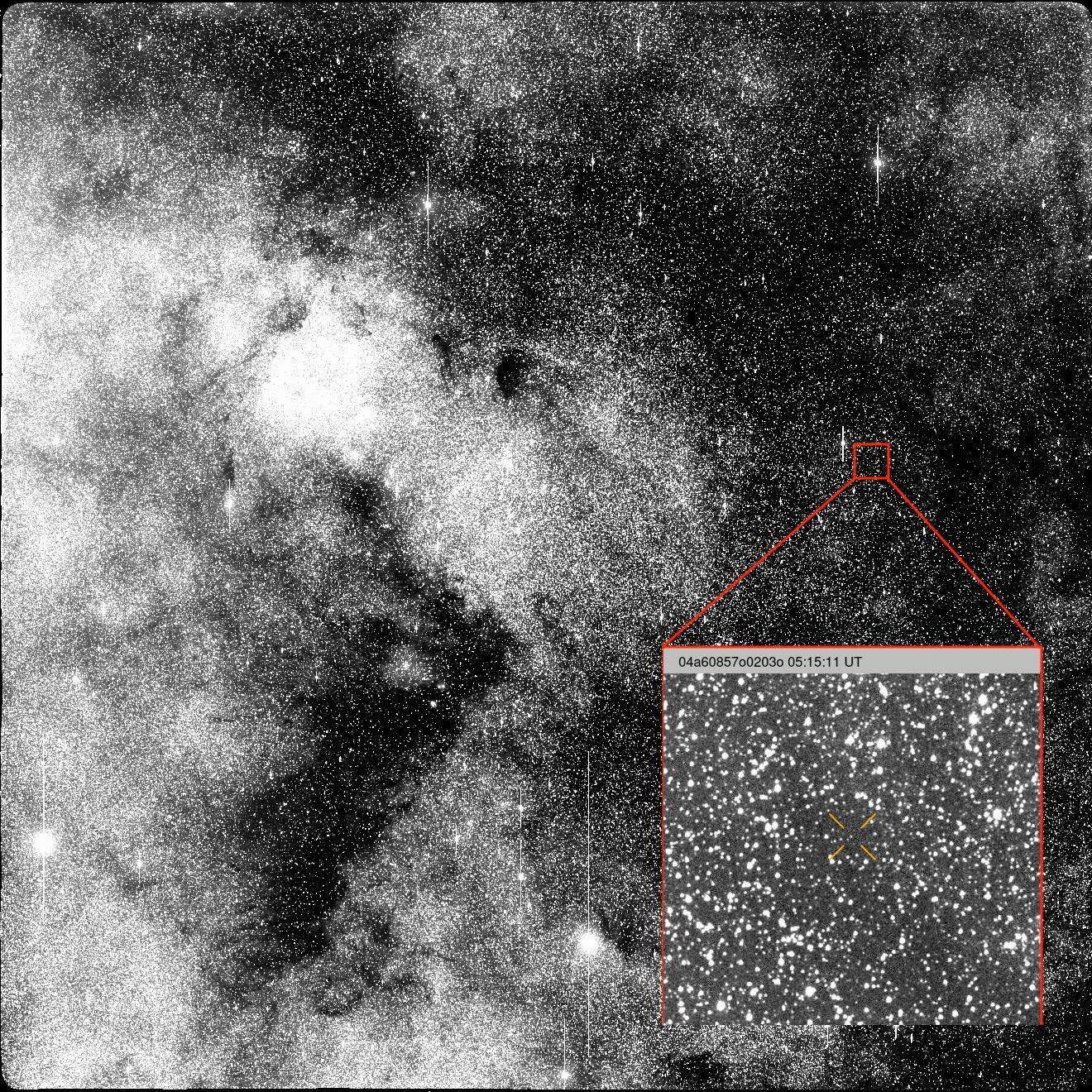(BIVN) – A new visitor from outside the solar system – only the third known interstellar object in history – was detected by a telescope operated by the University of Hawaiʻi.
Researchers say the unknown object poses no danger to Earth.
The University of Hawaiʻi was involved in the discovery and naming of the first interstellar visitor, ʻOumuamua, in 2017. “Most scientists now agree that it was a natural object, likely a comet from another star system, although its exact nature is still debated,” the University stated.
From the University of Hawaiʻi:
The discovery was made by UH’s NASA-funded Asteroid Terrestrial-impact Last Alert System (ATLAS) telescope in Rio Hurtado, Chile. ATLAS is a global network of four telescopes managed by the UH Institute for Astronomy that scan the skies for asteroids that could pose a threat to Earth. According to researchers, the object is moving right through the Milky Way, making it difficult to distinguish amidst all the stars. But researchers say this is one of ATLAS’s strengths.
“Spotting a possible interstellar object is incredibly rare, and it’s exciting that our UH-operated system caught it,” said John Tonry, UH Institute for Astronomy astronomer and professor. “These interstellar visitors provide an extremely interesting glimpse of things from solar systems other than our own. Quite a few come through our inner solar system each year, although 3I/ATLAS is by far the biggest to date. The chances of one actually hitting the Earth are infinitesimal, less than 1 in 10 million each year, but ATLAS is continually searching the sky for any object that might pose a problem.”
The newly identified object, designated A11pl3Z, was added to the International Astronomical Union’s Near-Earth Object confirmation list on July 1, and a Minor Planet Electronic Circular was just released that names it 3I/ATLAS. It is currently soaring toward the sun on a trajectory and with speed that reveals that it originated from outside our solar system, and will leave the solar system again after passing the Sun. Early estimates suggest the object may be as large as 12 miles in diameter. Researchers say it will make its closest approach to the sun—about twice the distance from Earth—in October, traveling at more than 150,000 miles per hour.
Although 3I/ATLAS appears on the Near-Earth Object list, there is no risk of collision with Earth or even a close pass. It is sobering, however, that if it struck the Earth (and it will not) it would create an explosion more than 100 times greater than the asteroid that killed the dinosaurs. Researchers suspect that 3I/ATLAS is a comet and it should show increasing activity as it gets closer to the Sun, although it will never get warm enough to make a naked eye display.
The four-telescope ATLAS system is the first line of defense in surveying hazardous asteroids capable of monitoring the entire dark sky every 24 hours. Read this UH News story for more about ATLAS.



by Big Island Video News8:18 am
on at
STORY SUMMARY
HAWAIʻI - The newly identified object - designated A11pl3Z - was added to the International Astronomical Union’s Near-Earth Object confirmation list on July 1st.